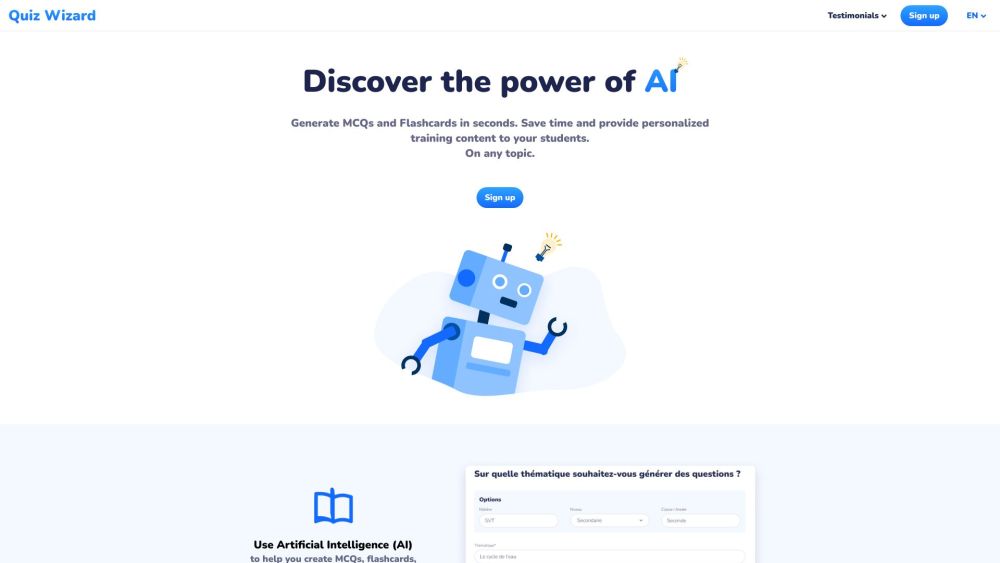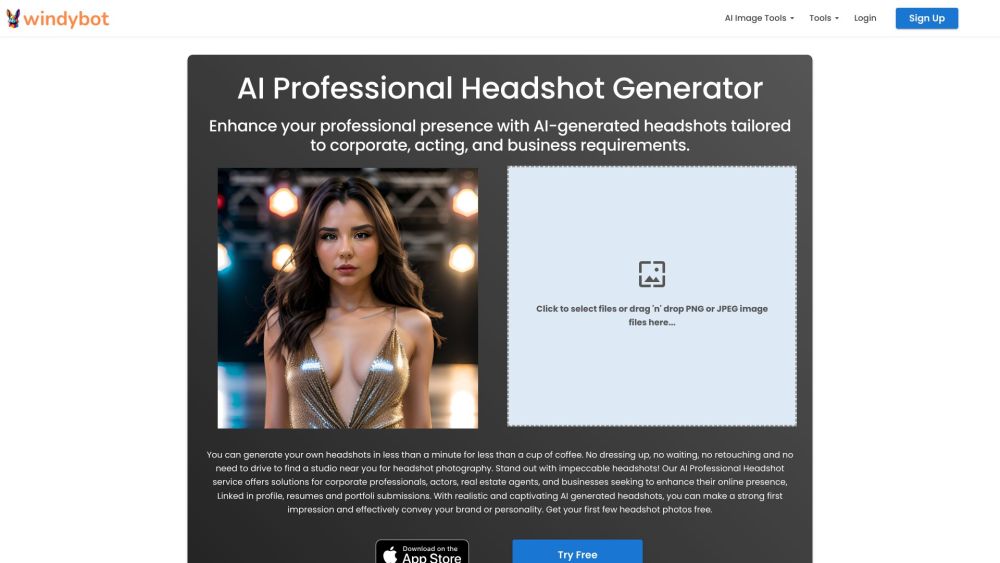OpenAI, the AI lab behind ChatGPT, has unveiled its “Preparedness Framework,” a comprehensive set of processes and tools designed to monitor and mitigate the risks associated with increasingly powerful AI systems.
This announcement follows recent turbulence at OpenAI, particularly surrounding the controversial firing and subsequent rehiring of CEO Sam Altman. This incident has sparked concerns about the lab's governance and accountability, especially given its role in developing some of the most advanced AI technologies globally.
Key Elements of the Preparedness Framework
According to OpenAI's blog post, the Preparedness Framework aims to address these concerns and underscore the lab’s commitment to ethical AI development. The framework outlines methods for tracking, evaluating, forecasting, and safeguarding against catastrophic risks posed by advanced models, which may be exploited for cyberattacks, mass manipulation, or autonomous weaponry.
Data-Driven AI Safety
A fundamental aspect of the framework is the implementation of risk “scorecards” for AI models, assessing various indicators of potential harm, including capabilities, vulnerabilities, and impacts. These scorecards are regularly updated and trigger reviews and interventions once risk thresholds are met.
Dynamic Framework
OpenAI characterizes this framework as dynamic and evolving, committing to refine and adjust it based on new data, stakeholder feedback, and research. The lab intends to share its findings and best practices within the broader AI community.
Comparative Analysis with Anthropic
This announcement arrives alongside recent developments from Anthropic, a rival lab founded by ex-OpenAI researchers, which introduced its Responsible Scaling Policy. This policy outlines detailed AI Safety Levels and corresponding protocols for AI model development.
The two frameworks diverge significantly in structure and methodology. While Anthropic's policy is formal and prescriptive, with direct ties to model capabilities, OpenAI’s framework offers a more flexible and adaptive approach, establishing general risk thresholds that activate reviews rather than strict regulations.
Experts note that both frameworks present advantages and disadvantages. Anthropic may possess an edge in incentivizing compliance with safety standards, as its policy integrates safety measures into the development process. In contrast, OpenAI’s framework is comparatively discretionary, allowing for greater human judgment—which may introduce variability.
Observers have suggested that OpenAI may be playing catch-up on safety protocols following backlash over the rapid deployment of models like GPT-4, the cutting-edge large language model known for generating realistic and persuasive text. Anthropic’s proactive approach to safety could provide it with a competitive advantage.
Ultimately, both frameworks signify considerable progress in the AI safety field, which has often been overshadowed by the drive for advanced AI capabilities. As AI technologies advance and proliferate, collaboration and coordination on safety measures among leading labs are crucial to ensuring the ethical and beneficial use of AI for humanity.




